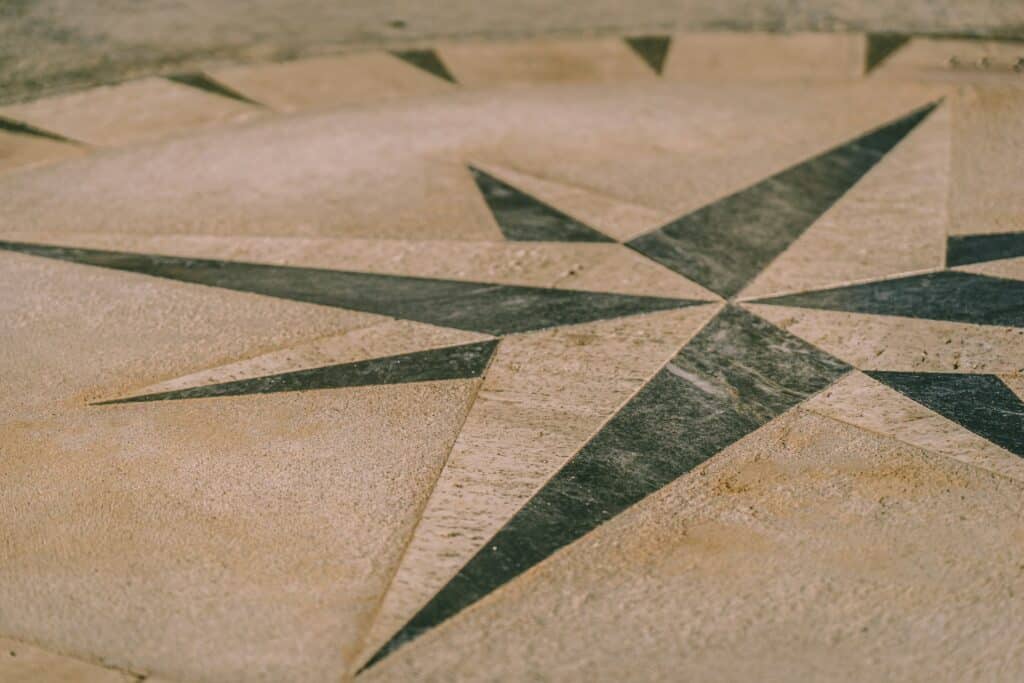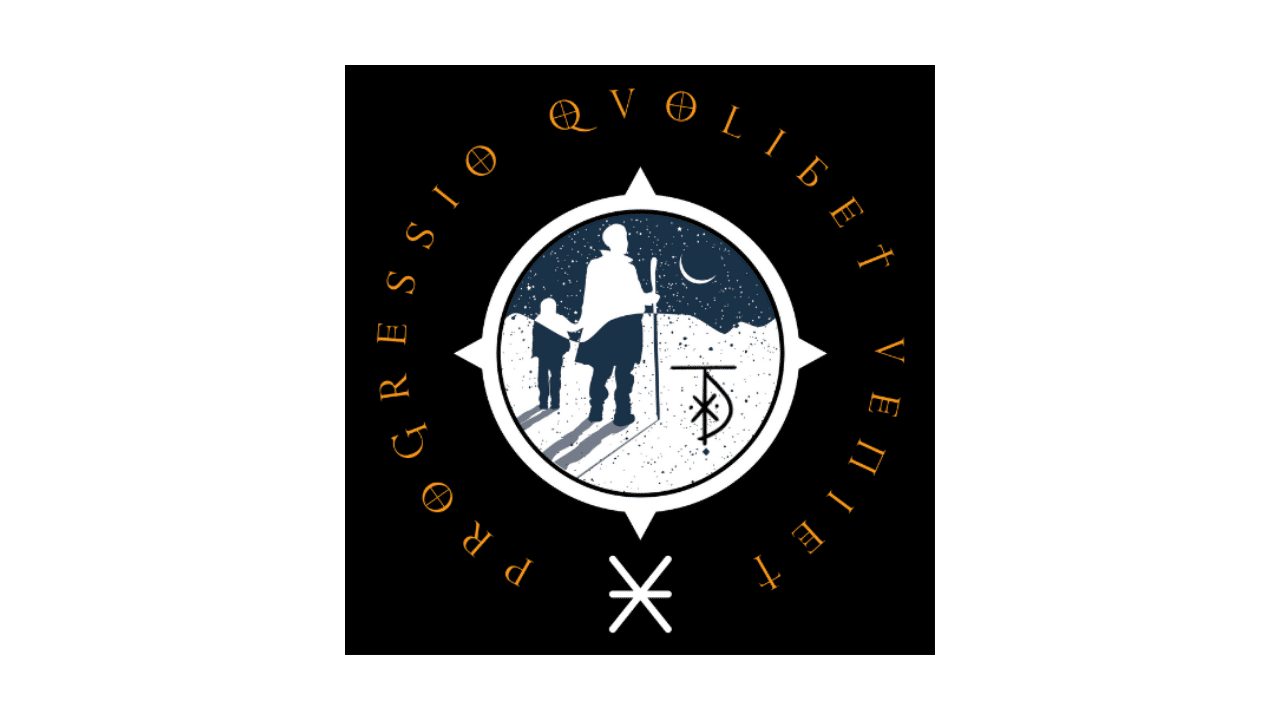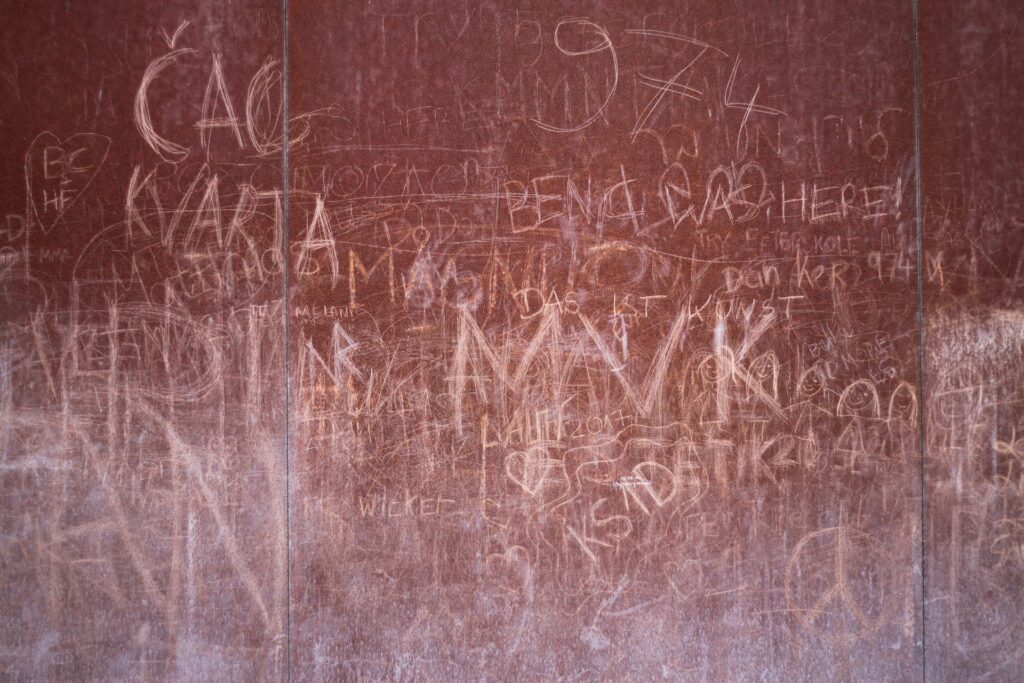We got a phone call recently.
It was a friendly person and we had a friendly conversation.
Before the call ended, the question was asked: Is Dust and Tribe a cult?
It’s come up before. And because the bold few are understood to speak for the meek many, we feel a responsibility to sort through the evidence and see what we can learn.
We’ll start with some direction from the experts.
Descriptions

Margaret Singer was a clinical psychologist and an expert on cults. She reportedly said that cults “come off very nice at first, they go for vulnerable people who are looking for answers, lonely, what you’d call ‘normal people.’ They’re very good at what they do and can get people to believe anything. You might think you’d never get taken in, but don’t bet on it.“
We do this.
We try to be nice.
And over the years of being nice, we have definitely made connections with people who feel disenfranchised and somehow undermined by their local religious community. Some of them have a passion for the outdoors and if so, we bait them, hinting at “Divine Communion” through the “majesty of creation.” If they agree that such an experience might be possible, that’s the giveaway we’re looking for.
Admittedly, we can be ruthless in our targeting of such persons.
“Come outside!” we say. “We will share in this communion together! Before mountains, trees, rivers, oceans, and the wild expanses of the desert, we shall worship with you!”
That’s kind of cultish.
Some people fall for it and end up registering for an event. It’s usually a one time thing. They come out, have some fun, and we never hear from them again. Perhaps these are the lucky ones.
There are a few who keep coming back, though. Their zeal suggests a hunger beyond simple weekend distractions. If they persist, we offer them an opportunity to become part of the “clan” where they can earn “ranks” like Apprentice, Acolyte, and Shaman.
Very cultish.
Symbols

Whether or not one has been initiated into the clan, all who experience and live through a Dust and Tribe “adventure” will be presented with the Outlander’s Seal:

Emblazoned across a field of foreboding black is some Latin gibberish, progressio quolibet veniet. We tell people this means “progress through whatever comes.” But it’s a dead language, so who really knows?
You’re not going to look it up anyway, so just believe us.
Believe everything we say.
Of course, we are Muslims and we could just write liturgical stuff in Arabic that other Muslims would recognize. But we don’t do that because we’re an English-speaking bunch based in North America where our mother tongue is deeply influenced by Latin. And we imagine that both Muslims and non-Muslims unfamiliar with Arabic might have some interest in who we are and what we do. We welcome that interest through familiar language and symbolism.
This is unlike a number of Muslim organizations who effectively gatekeep non-Arabic speakers with their insistence on using untranslated Arabic terminology. We think that’s super cult-like.
We don’t do that, so maybe we’re not a cult after all?
Let’s not jump to conclusions.
Getting back to the Outlander’s Seal, it has compass points suggesting the importance of orientation. A physical compass is helpful for navigation, but for the Muslim it is also an aid to her establishment of ritual prayer. And through prayer, she aligns her moral compass.
Remember what Margaret Singer said about people “looking for answers?”
A properly oriented moral compass brings clarity which does allow for some answers, so actually we could be a cult.
Examining the Seal still closer, one notes the roughly equal ratios of black to white. Light and dark are balanced and interconnected, opposing forces checking one another in a nod to the yin and yang of Chinese philosophy. Visual heresy, perhaps, but the ideas of tension and balance are echoed in Islam’s call to a Middle Way. And we understand God’s Attributes as falling into opposing and complementary categories of Beauty (jamaal) and Rigor (jalaal).
Maybe not so heretical after all. Cult status compromised.
But, we do have that androgynous elder figure leading what seems to be a smaller, younger person into the unknown expanse between them and, what is that . . .
A crescent moon? Stars?
Some of you may be willing to accept the critical importance of cross-generational mentorship symbolized by these figures, but the crescent and stars? We all know that these were symbols used by the Byzantines and likely coopted by the Ottoman Empire before becoming linked to Islam by association. There were no crescents or stars for the early generations of Muslims.
Just more proof of innovations perpetuated by Dust and Tribe.
I guess we should come clean about the D&T Rune:

Admittedly, this is where our cult status becomes almost undeniable.
The letters D and T are interlocked in a manner that can only be described as unnatural. There is an X, which if anyone dares to ask, is a throwback to the straight-edge roots of Dust and Tribe. The X is also a symbol of negation, and cults love to negate.
Of course, the shahada, or Islamic testimony of faith, also starts with negation.
The first word is “No,” a rejection of any pretenders to the Sovereignty of God. Immediately after this negation comes the affirmation of two essential points: the Oneness of God and the Prophethood of Muhammad, may the peace and blessings of God be upon him.
The two points in the rune reference the twin declarations above, but suffice it to say this is neither the coopted imagery of the Byzantines or the Turks and so may rightfully be considered an innovation on top of an innovation.
Are you keeping score? Things are adding up to spooky real quick.
What’s in a Name?

We call ourselves Dust and Tribe.
And what is a tribe except an exclusionary social unit meant to keep insiders in and outsiders out?
Like a cult.
If you sniff about our gatherings, you might hear us talk about the insignificance of dust, how God masterfully coalesces this near worthless substance into the figure of man. At first he is naked and alone, vulnerable in a world that he cannot endure without the help of others. We nurture this interdependence as we move from dust to tribe. We evolve in both form and power, expanding into formidable structures beyond ourselves, but only for a time.
Because nothing lasts forever. Tribes wither into factions. Each of us disperses back into the ether. The notions of “dust” and “tribe” are concomitant, the possibilities of acquisition and loss existing at the same time.
But this is embarrassingly similar to the gobbledygook that all cults are known for. We’re just damning ourselves at this point.
People from Dust and Tribe have been caught on video striking drums. Dust and Tribe speaks about the need to initiate men through rites-of-passage and has hosted rituals to do so. Dust and Tribe refuses to engage the public through social media platforms in what is probably an elitist, isolationist, and borderline abusive tactic meant to cut participants off from family, friends, and their extended social networks.
Cults are often obsessed with the apocalypse. Cults perpetuate conspiracy theories. Cults do not “follow the science.“
The evidence speaks for itself.
Which is good because we may or may not be allowed to.
Leave a comment below for posterity or join us in the D&T Chautaqua Discord to discuss this post with other adventurous spirits from around the world.

Me reading this on a Tuesday is also pretty cultish!
“Granola Muslim Dirtbags” is hilarious
To clarify, I didn’t see this initially on discord. Just happened to be here
100%
I enjoyed reading the blog, but listening to this one on Spotify is a MUST!! So glad we are not a cult – or are we??